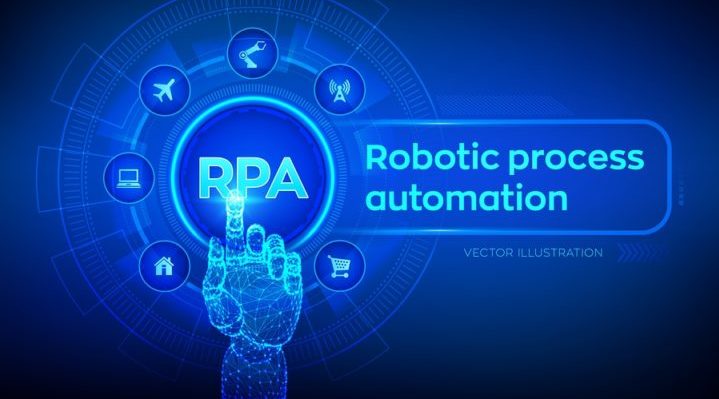When most people think of robotic process automation (RPA), they think of huge tech companies, expensive to implement and the requirement for skilled workers. The reality is far different.
When we talk about RPA we are talking about a digital assistant or robot that works to take care of all the repetitive and mundane work that the human workforce would prefer not to be doing. All businesses, regardless of size, have time consuming and repetitive tasks that could be managed with the use of RPA.
Many small businesses have limited resourcing in terms of both budget and manpower and a digital robot who can work 24/7 is a smart investment. It may seem intimidating to begin with, but it is simple and does not need to cost a fortune.
What are the benefits?
Businesses who implement RPA can see efficient processes plus a happier human workforce with less repetition in their role who will get time back in their day to pursue other tasks. Customers also see their requests processed much quicker and more efficiently.
By using RPA businesses can free up their human workforce to do more fulfilling tasks and the reality in most businesses is that the human workers are fatigued.
How to figure out if RPA is worth investing in?
Depending on the complexity of the business and processes, theoretically every business could find a way to use a digital robot.
Business owners need to weigh up how much time and manpower the repetitive elements of their business takes. By looking into how much time the human workforce is spending on these tasks, thinking about what those workers could be achieving if they weren’t tied up in repetitive tasks, plus how much a new or temp worker would cost the business, we can start to get an idea. To help figure out if your business could benefit from RPA, Blue Prism and other providers have free tools available to help work this out.
Where do I even start?
For anyone starting out in the field we recommend getting some help from an external party. They can provide expert advice on the types of robot, give examples of how they may be implemented into your business and help to manage the robot on your behalf.
There are ways of doing it yourself though. Some companies, for example Blue Prism, have a wide range of completely free training programs with many courses that take business owners through a simple process on how to build their robot. All the business owner has to do is access the software on cloud (Amazon or Azure) then go through the free training courses on how to identify processes and how to train, implement and manage the robot.
The most cost-effective strategy is for businesses to manage and work the robots themselves as they are the people that know their businesses best so are better placed to manage the hybrid workforce.
What are the risks involved?
One of the biggest risks is choosing the wrong type of robot for your business, there are many different types. Some require coding which we advise to avoid as there are much simpler versions that are made up of ‘drag and drop’ technology, which is recommended to small businesses and people starting out for ease and simplicity in training.
The digital robot still needs to be managed; we need to think of them not as an IT product but a business tool or even a colleague. If your robot is not built or managed correctly, it could make errors which could potentially cost the business money and time to repair.
Overall, the use of RPA is inexpensive and simple to implement into your business. By using a hybrid model and adapting digital robots, small and micro businesses can free up their workforce for more fulfilling tasks and see efficiencies at a low cost.
With limited resourcing available, a digital worker who can work 24/7 all year round is a smart investment in any business.










